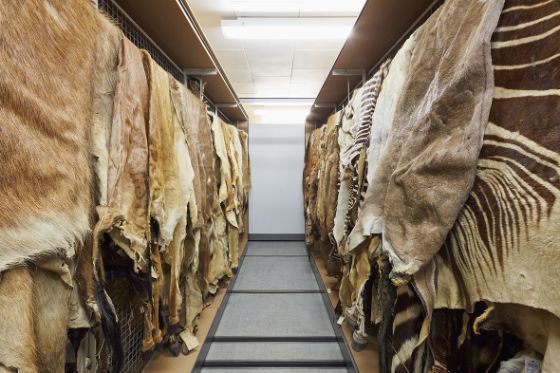
SKELETAL SERIES FROM THE CITY OF BASEL
Archaeological excavations around the city of Basel have yielded numerous skeletons. Most of the bones found come from early mediaeval graveyards or from mediaeval cemeteries dotted around Basel's many churches and monasteries.
Significant skeletal series come from archaeological excavations by the city of Basel and the Riehen and Bettingen communities. The findings span the period from the Neolithic age such as on the Hörnli mountain, the La Tène period of the Celts and the Roman period. The skeletal findings in the hospital cemetery date from the period between 1845 and 1868. The Celtic cemetery at Basel-Gasfabrik is of particular importance for research. This is the earliest population group whose cemetery and settlement were investigated in equal measure.
In terms of numbers, the majority of skeletons come from the early mediaeval graveyards such as the one in Kleinhüningen and the Bernerring, as well from mediaeval and modern cemeteries. The burials inside Basel's churches and cloisters as well as in the cemeteries around the churches provide information about burial sites before and after the Reformation. Every skeleton holds information in its bones and teeth on the individual's living conditions. This includes signs of disease, injury and clues about nutrition.
